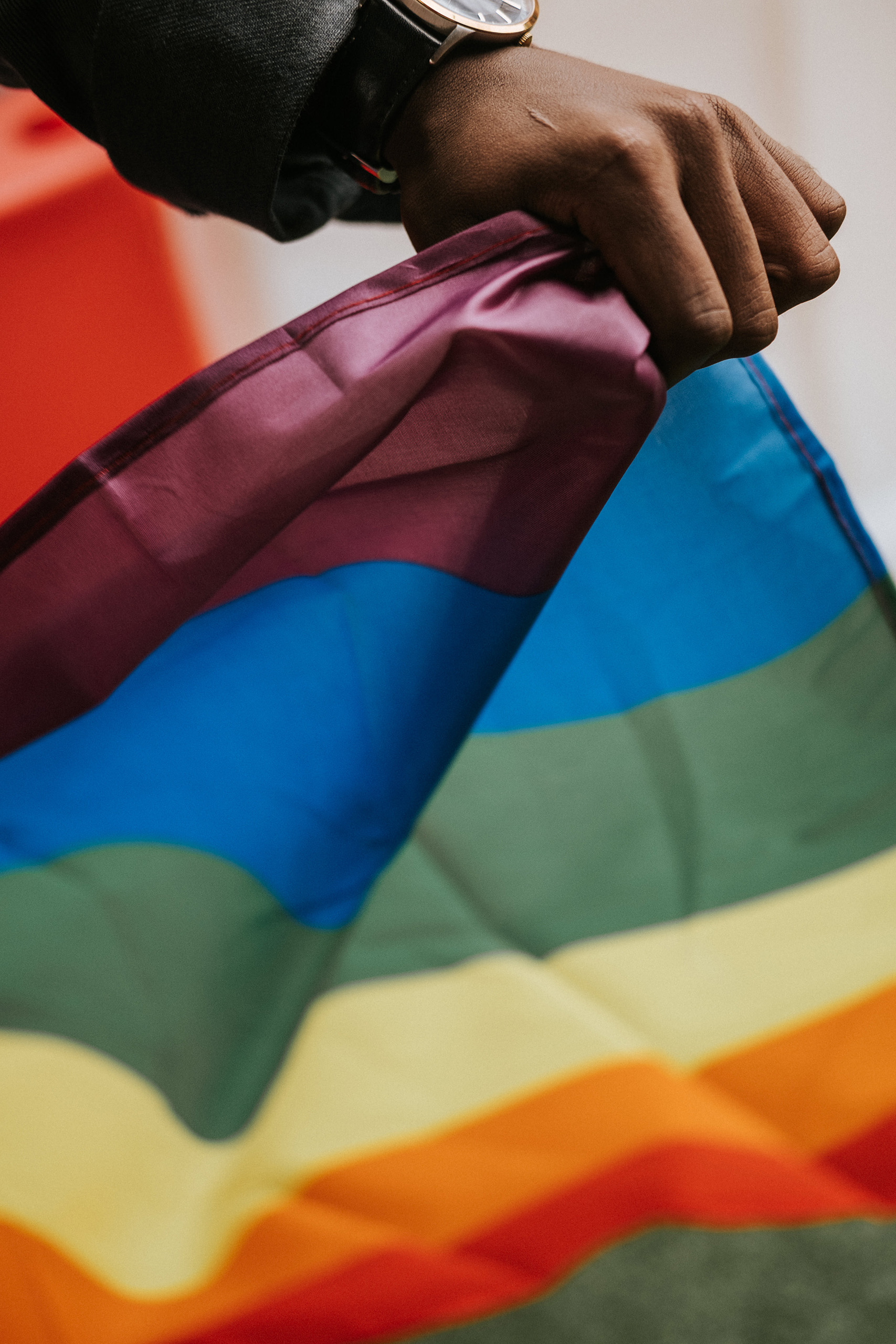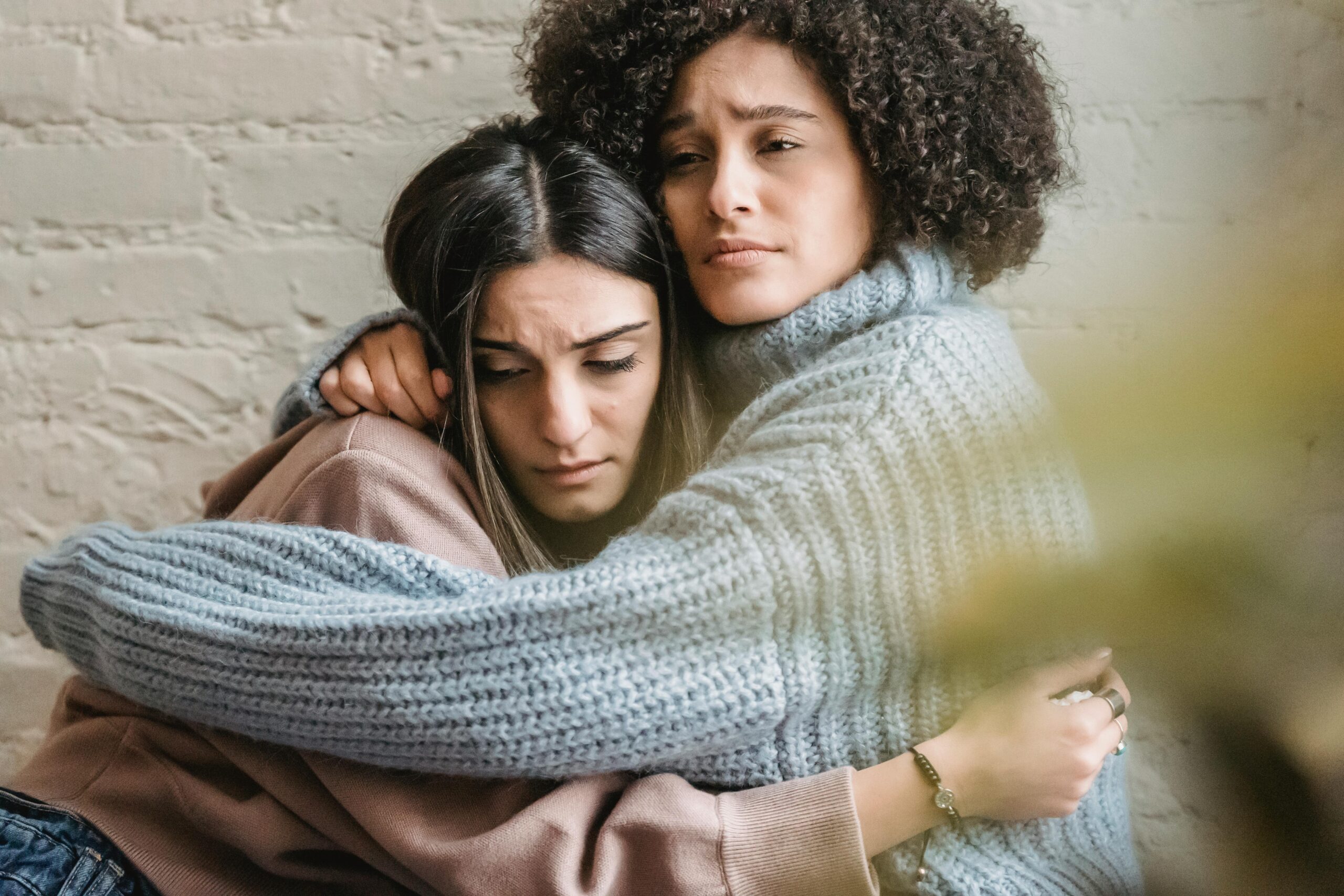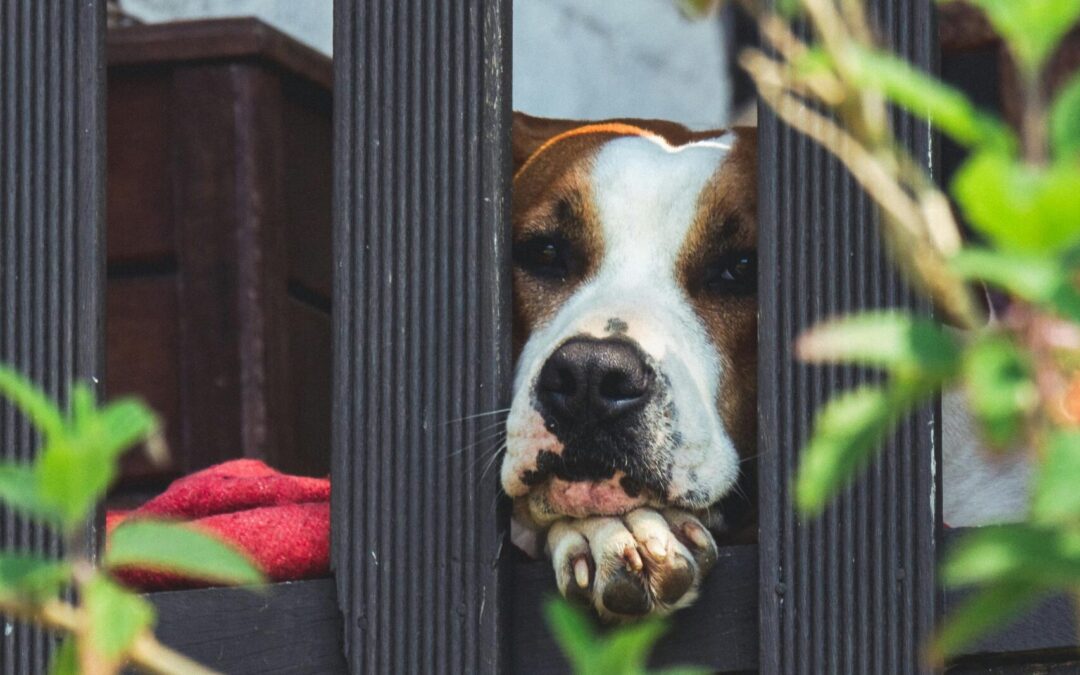our blogs
Current Post

Fostering a Loving Environment for LGBTQ+ Youth
Kayla Winters, LPC
Counselor, Insight Clinical Counseling and Wellness, LLC
LGBTQ+ youth from highly rejecting families are 8.4 times more likely to have attempted suicide at least once by young adulthood, while those from moderately rejecting families are twice as likely compared to no/low levels from accepting families. Young adults from highly rejecting families are also 5.9 times more likely to report depression and 3.4 times more likely to use illegal drugs (Ryan et al., 2009).
If you’re like most Americans, you hear this statistic and think, “I’m out of school! I don’t want
math problems!” So, let’s break this down together by first examining LGBTQ+ youth!
Since the early 1900’s, young adults have been coming out or identifying as lesbian, gay, bisexual, and transgender. The term queer was also added on as time progressed and new information was learned about emotions and behaviors that are experienced. This influx of personal awareness coincides with widespread access to information, whether it is through the internet, music, television, or written materials. It has given the community a greater consciousness of themselves and showed them that they are not alone in what they are experiencing, which has impacted the ages they come out compared to prior LGBT adults. For example, children both LGBT and heterosexual, report having their first crush at around ten years of age. On the contrary, parents/families report children expressing interest in same sex attraction between the ages of 7 to 12 with adolescents self-identifying with the LGBTQ+ community at around 13. Because children are aware of their sense of gender and sexuality at a young age, they can often communicate to their parents/caregivers about these experiences.
When individuals come out to their families, there are many emotions from both sides. Some
emotions that can occur during this time are sadness, happiness, relief, and the biggest, acceptance or rejection. Parents and caregivers play a critical role in the health and well-being of their LGBTQ child, especially with their acceptance or rejection of who their child has grown to become. As seen in the statistic at the beginning of this blog, LGBTQ+ youth who have a highly rejecting family are more likely to have attempted suicide at least once by young adulthood. For example, this means that the family has not been accepting or understanding and refuse to believe it by trying to change their child’s sexual orientation and/or gender expression. In many cases, this occurs because the family is trying to prevent them from living a “lifestyle” or “choice” that they don’t understand, and even believe will hurt their child in the present as well as the future. These feelings can stem from cultural values and faith traditions which include deeply held beliefs. So, what can we do to help reduce this high statistic while also acknowledging the feelings and emotions of everyone involved?
First, the family must modify or change those rejecting behaviors so that it reduces the child’s
risk while also understanding their own emotions. Typically, parents believe that loving their child will build self-esteem and protect them but don’t realize that it is also “how” they respond and treat their child that matters. It doesn’t have to be big gestures, but small behaviors such as welcoming the child’s LGBTQ+ friends, supporting their gender expression and talking about LGBTQ+ topics are a great start. Some people are reading this and thinking “but talking about LGBTQ+ issues make me uncomfortable, especially when it concerns their sexual orientation!” It is important to remember that talking with the LGBTQ+ child about their identity, even if it is uncomfortable, is a supportive behavior that helps promote well-being and is a positive step towards being aware of the “how” in parenting. Parents and caregivers can still have their beliefs and feelings but need to be aware of how they interact with their children. It all depends on the “how” they respond to situations or “how” they treat the child that will promote either well-being or increase the risk of depression and/or suicidal behavior.
Another area that will help families support their LGBTQ+ child is through counseling. Whether it is individual counseling, family counseling or even group counseling, this can help everyone process their emotions and learn different techniques to handle conflict and even
communication. Counseling can also help individuals learn about the misinformation that has been circulating throughout society and increase awareness to the adversity of the LGBTQ+ community. Both counseling for the parents and for the LGBTQ+ youth is very beneficial! (If you’re currently struggling as a parent/caregiver regarding LGBTQ+ youth, please reach out!)
Parents, caregivers, and families have a huge impact on the well-being, self-esteem, and overall happiness of their LGBTQ+ youth. Supportive behaviors create LGBTQ+ youth who are healthy, secure, confident, and happy. And remember, parents and caregivers can still be supportive and loving while also holding on to their own feelings as long as they focus on the “how.”
Latest Posts

The Grief Following Suicide
“Those who expect you to get over grief have never suffered life-altering loss.” – Lisa Appelo
This blog is difficult for me, as I am trying to navigate writing this in my professional self and my personal self, so here’s a little bit of both. This November 29 will mark 6 years since I lost my brother, Kyle, to suicide.

Grief with Pet Loss
According to a study by Adams, etc. in 2000 with 177 participants, 30% of pet owners experienced severe grief from losing their pet, while the remaining participants reported some impact with loss of their pets whether it was emotional, physical, or even social. People are impacted by pet grief as we often consider them a part of the family.

Childrens Mental Health and Suicide
This is a topic most don’t want to think about, let alone talk about. However, that may be some of the problem. Not only is it important to acknowledge the problem, but educating yourself on signs and symptoms of poor mental health and suicide risk behaviors can help minimize the loss of life. If you know a child, in any capacity, this post is for you.
Request Appointment
Contact

Copyright © 2024 Insight Clinical Counseling & Wellness, LLC. All Rights Reserved.

Our Locations
follow us
Instagram
Facebook
LinkedIn